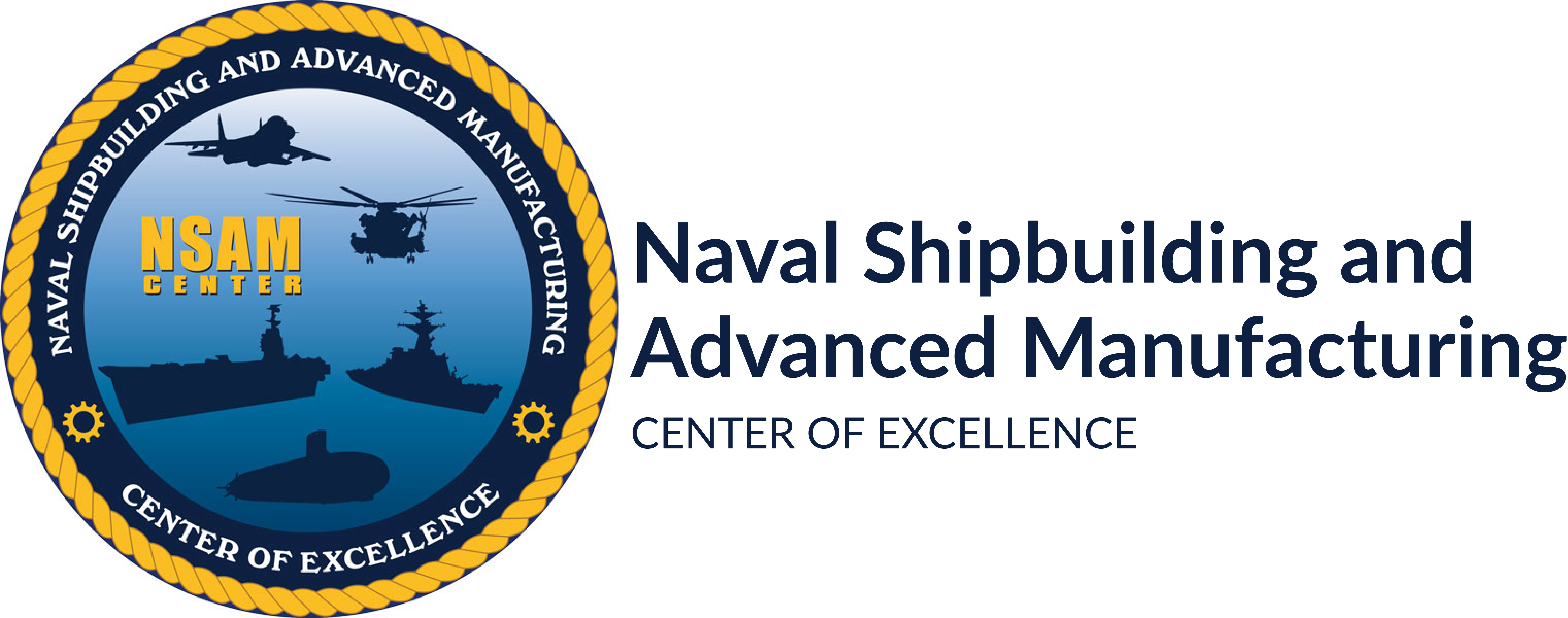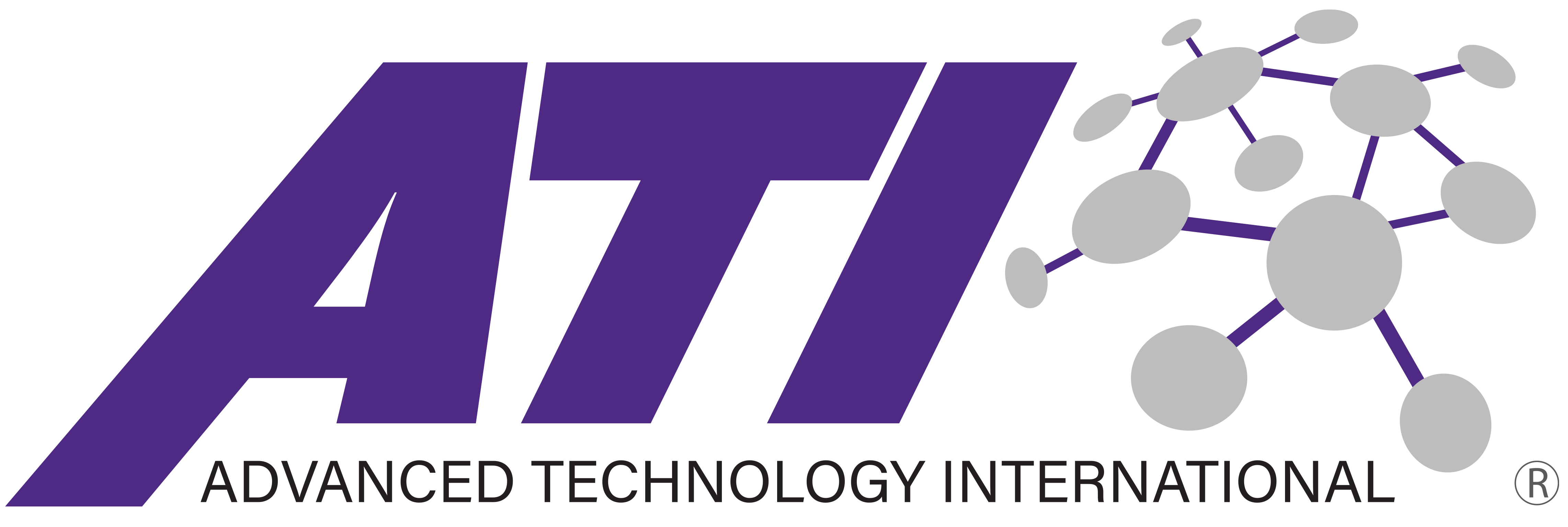Project Participants: Northrop Grumman Shipbuilding-Newport News
Project Start: November 2004
SShipbuilders often use heat addition (flame straightening) to remove the distortion caused by welding. This labor and time intensive method affects product cost and schedule and is a complicated trial-and-error solution method. Experience can reduce the number of iterations to the solution, but the number of experienced welders in the trade is dropping due to age, attrition and other factors. To reduce the need for flame straightening, finite element analysis (FEA) methods can be used to “predict” weld distortion. Models can then be used to reduce flame straightening or eliminate pre-construction mock-ups; however, this method has not been applied to extremely large and thick ship-type assemblies.
Under this project, a predictive weld distortion analysis team comprised of Northrop Grumman Newport News, Battelle Memorial Institute (BMI) and ESI of North America evaluated existing FEA techniques to determine if they were ready for ship-type application.
Phase I of the project developed fabricated structures and compiled measured weld distortion data. Tees and butt-welded joints were created using 4 inch thick HSLA-100 steel.
During Phase II, ESI and BMI used the weld distortion data developed in Phase I to create digital models and the resulting distortion analyses. The program down-selected a software package based on speed, accuracy and ease of use in the shipyard environment (including the level of training required to use and interpret the results).
In Phase III, NGNN applied the selected program to Nimitz/CVN-21 class construction. In the past, the particular structure targeted has required extensive flame straightening. This project resulted in optimized welding parameters, reduced testing, and risk and cost savings by reducing the number of required mock-ups.
Project Related Reports & Documents
Predictive Weld Distortion Project Results Lead to Implementation & Industry Interest
-Article courtesy of the Welding Journal, January 2010- Volume 89, Number 1




